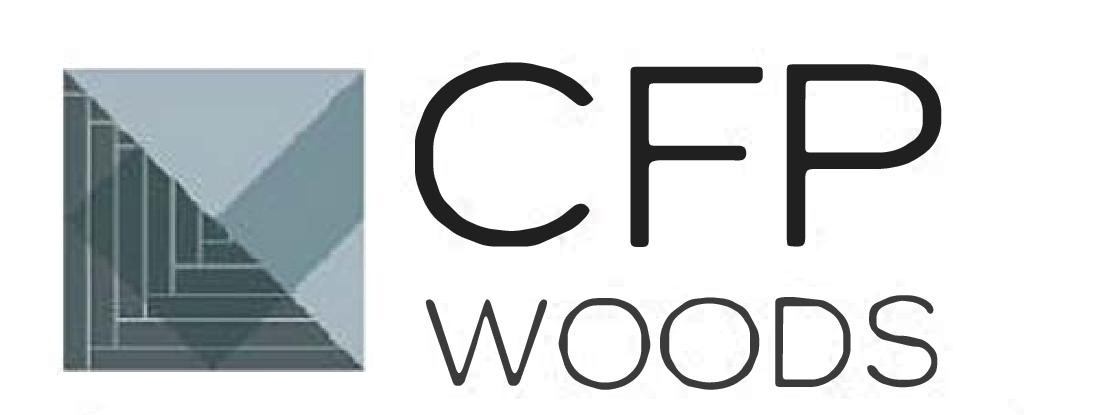What is torrefied wood?
The technology consists of heating the wood at a very high temperature (from 190 C to 240 C), in a torrefaction kiln (autoclave) at controlled atmosphere and low in oxygen. The length of the process, as well as the temperature degree sustained during a determined period, depends on the species and the desired color. This technology requires a pre-drying process using conventional kiln driers, to lower the moisture level between 6% and 10%. After that, the torrefaction kiln lowers the moisture level to 0%. Finally, the wood is placed in a conditioning chamber where the temperature is gradually lowered by controlled steam injection. The moisture level of the product is increased between 3% and 6%, in order to give back to the wood its natural flexibility. This conditioning stabilizes the wood and allows better quality manufacturing.
Results
Qualities resulting from torrefaction include:
Ecological product
Torrefied wood does not contain any chemicals which may contaminate air, water or soil. It is perfectly safe for the users’ health.
Attractive color
Torrefaction provides a richer hue to the wood, giving it a color from honey blond to dark brown depending on the treatment. The treatment also enhances the wood grain.
Dimensional stability
Torrefied wood has a greater dimensional stability when exposed to atmospheric variations. There will be less shrinking, swelling and warping with changing weather and unfavorable moisture conditions.
Biological qualities Torrefied wood better resists fungi and moulds which usually mark and degrade the wood. It is therefore suitable for outside applications and is as durable as cedar or chemically treated wood. Most importantly, it is completely safe for health.
Tips
Maintenance Although its resistance to water and organic degradation is very high, torrefied wood still requires a minimum of maintenance.
Strength
Torrefied wood is a little less resistant to static flexion and to tearing compared to non-torrefied wood. It can crumble more easily, depending on the wood species. However, this strength reduction is not very significant for most wood species. Torrefied wood must not be used for structural purposes.
Machining
Due to its hardness, torrefied wood requires the right cutting tools. Torrefied wood can be moulded and worked while keeping its beauty, as the process allows a uniform color to the core, not only at the surface as with chemically treated wood.
Gluing
The appropriate type of glue must be used since torrefied wood has a lower moister level compared to conventional wood.
Article Courtesy of Wood Design & Building www.cwc.ca


Comments are closed here.